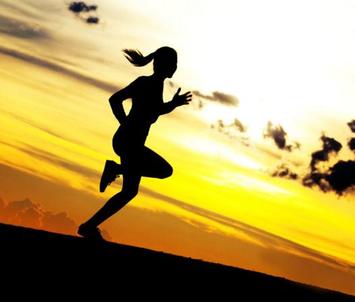And the fact that you have to qualify to partake makes it even more of a special badge of honour .
[BTW, Boston was my first marathon, and I've shared some memories of it in one of my Audios HERE.]
Years ago you didn't have to formally qualify. Those were the days when Canadians were especially welcomed…at least we thought we were. After all, 12 different Canadian heroes have won the event, including Gerard Cote, who won it an amazing 4 times between 1940 and 1948, Canadian record holder, Jerome Drayton, the 1977 winner, and a woman, Jacqueline Gareau, in 1980, who was almost upstaged by the infamous Roise Ruiz. .
And speaking of big names would you believe the name of the Canadian dude, who won the 2nd Boston Marathon in 1898 was named Ronald MacDonald (no clowning around him….I know the spelling’s not quite the same.)
Qualifying Standards Introduced
Anyway, in 1970, the organizers in an effort to keep the number of participants to a manageable size, introduced (but not that rigidly enforced as no verifiable proof was needed) And they even allowed a grace of 59 seconds; but that was curtailed in 2013.
But more recently, qualifying has become even more challenging as organizers have put a ceiling on the number of participants per age category; so that achieving the qualifying time isn't necessarily good enough, which can be more heartbreaking than Heartbreak Hill.
Heartbreaking Story
Case in point: in 2015 I had a client who's goal was Boston and the qualifying time for her age category was 3:45. Her training went well and in a fall marathon she joyfully exceeded the standard running 3:41:56. Unfortunately, too many others ran faster and the race organizers made the cutoff 3:41:52. She couldn't run.
Desperate Measures
As a consequence, I'm finding more like you are looking for marathons that offer the best chance of good weather (always a crap shoot) and a favourable course.
In fact, several years ago I had a client ask me your same question, and I told him about the St. George Marathon which at the time had, and still has, a reputation of being one of the fastest courses In North America. Why? Because it Starts at an elevation of 5240 ft. (1597 m.), and finishes at 2680 ft. (817 m.) – that’s an average decline of 18.5 m./km. and the overall average slope is 1.8%.
But Does It Count?
One might ask: if a course is so dramatically downhill, will a performance be considerate legitimate?
Good question - In fact, the IAAF (International Association of Athletics Federation) stipulates very stringent criteria in order for a course to be deemed eligible for World Record purposes. You can see all of the 5 criteria HERE
The 2 pertinent criteria for your question are:
“(1) The start and finish points of a course, measured along a theoretical straight line between them, shall not be further apart than 50% of the race distance.
(2) The overall decrease in elevation between the start and finish shall not exceed 1:1000, i.e. 1m per km (0.1%).”
Now, even the Boston Marathon route fails to abide by both of these criteria . As regards elevation, Boston starts at 476 FT. (145 m.) ASL and finishes at 16 FT. (5.m.) for an average decline of 3.31m./km., and the straight line distance from the Hopkinton Start to the Finish is 38.6 km., which far exceeds 50% of the race distance.
Click >> HERE to continue reading this Answer - there's lots more...



 RSS Feed
RSS Feed
